-
1 of 253523 objects
The Wriothesley Garter book c.1530
30.8 x 22.2 x 5.2 cm (book measurement (conservation)) | RCIN 1047414
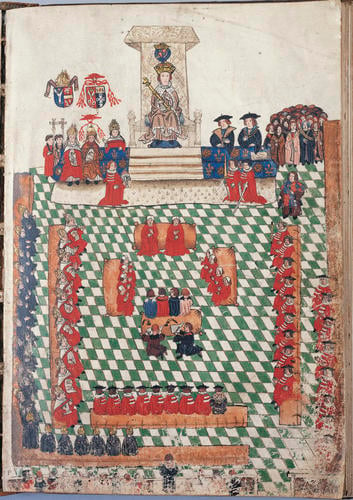

Sir Thomas Wriothesley (c. 1460-1534)
Master: The Wriothesley Garter book. Item: The Wriothesley Garter book c.1530
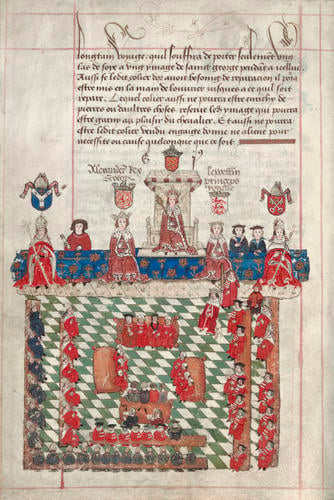
Sir Thomas Wriothesley (c. 1460-1534)
The Wriothesley Garter book c.1530
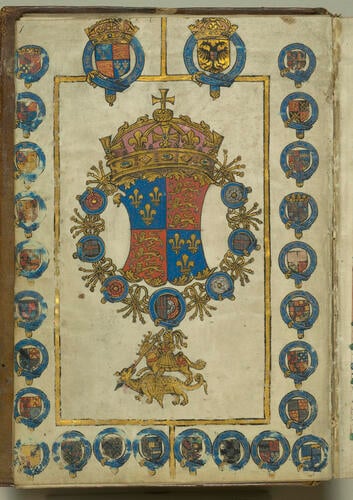
Sir Thomas Wriothesley (c. 1460-1534)
The Wriothesley Garter book c.1530
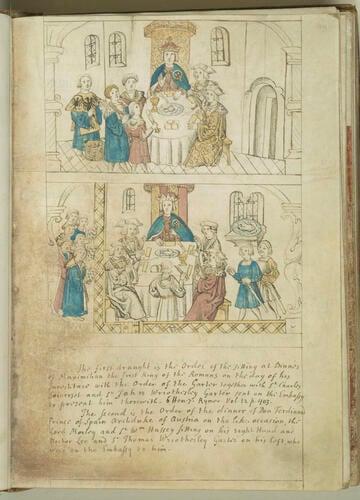
Sir Thomas Wriothesley (c. 1460-1534)
The Wriothesley Garter book c.1530
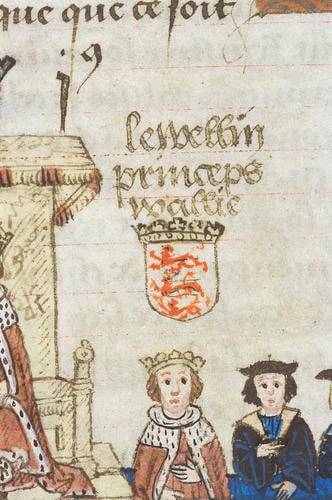
Sir Thomas Wriothesley (c. 1460-1534)
The Wriothesley Garter book c.1530






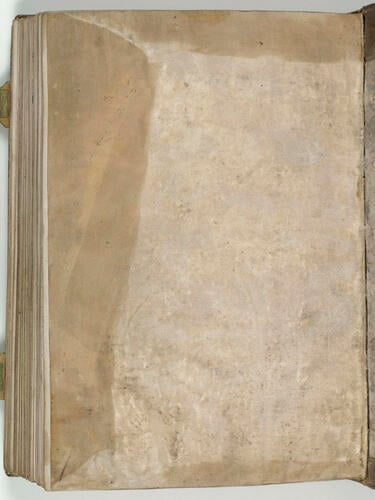
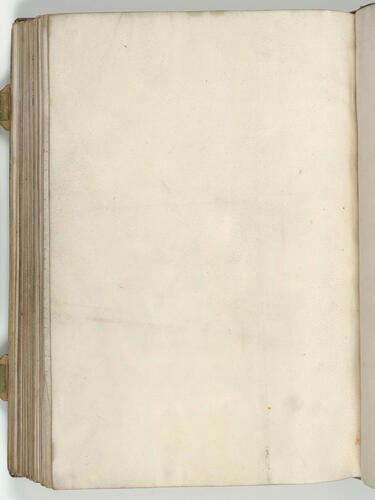
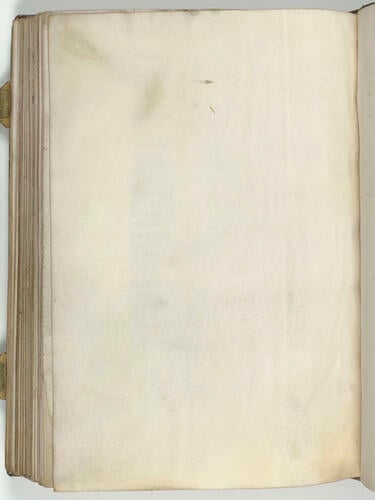

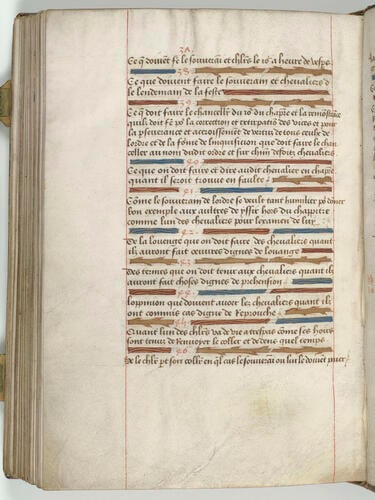
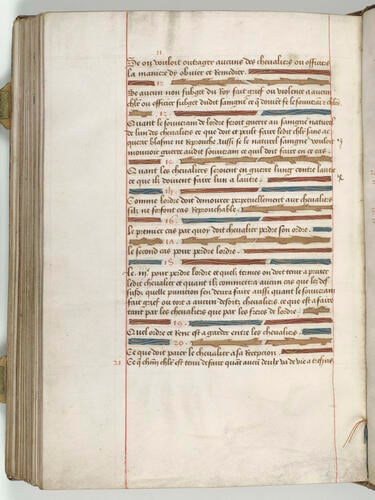
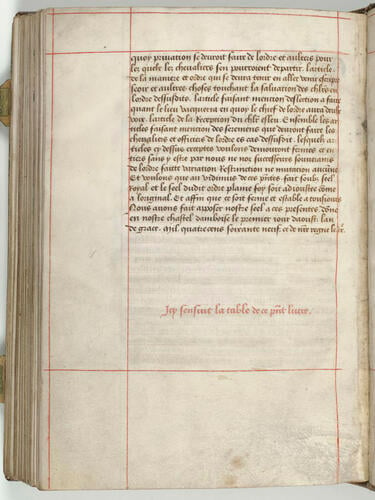
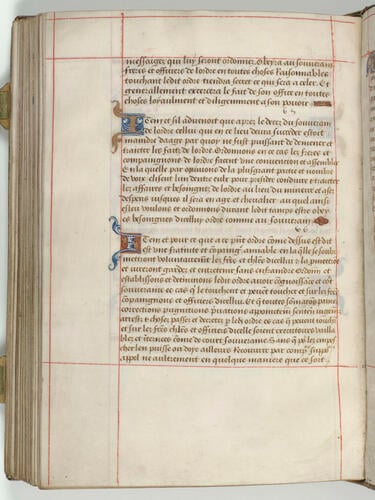
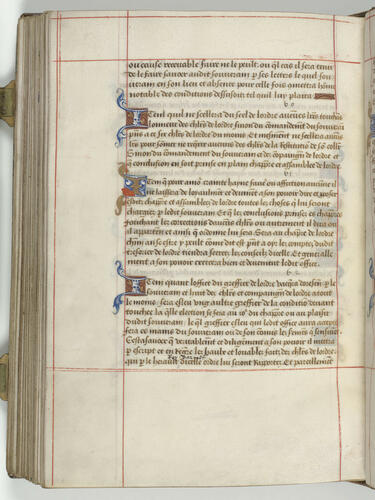
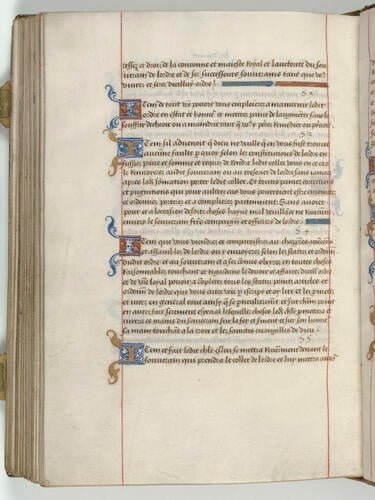
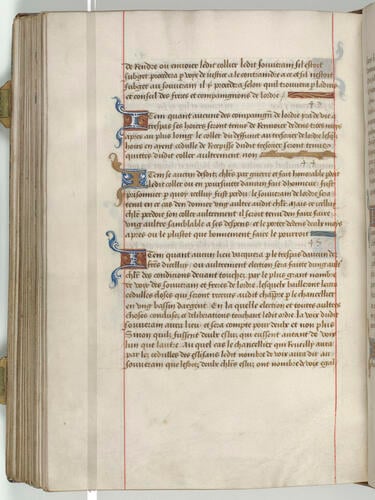
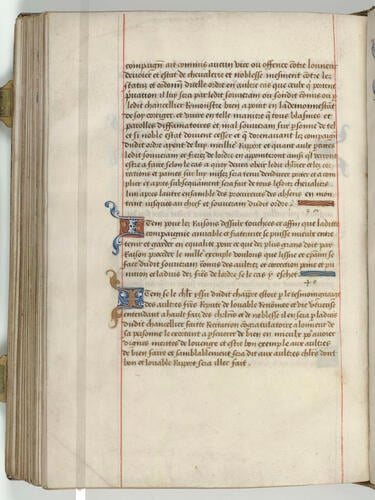
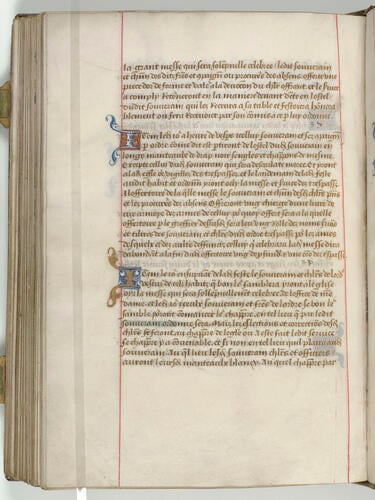
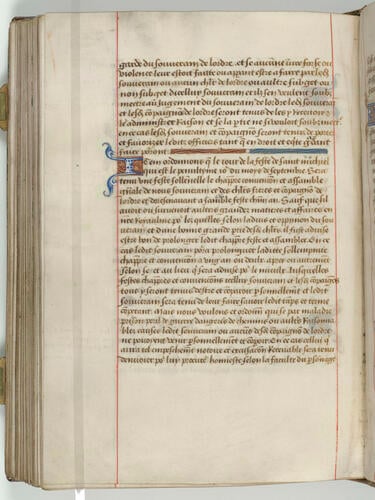

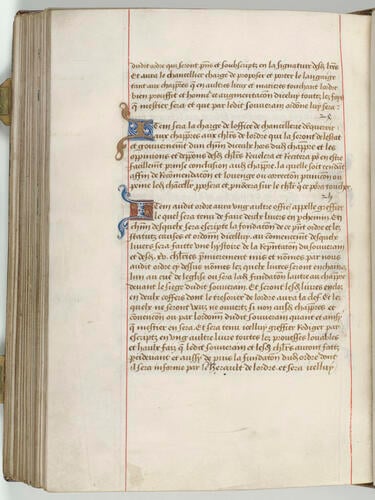
-
This manuscript contains a variety of records on heraldic matters mostly focusing on the Order of the Garter, as well as heralds’ fees and oaths. It was made for Sir Thomas Wriothesley, who occupied the post of Garter King of Arms (doyen of the College of Arms) from 1505 to 1534, and is known to have compiled many books and rolls of arms, pedigree and precedence.
The volume is famous for displaying the first contemporary view of the opening of Parliament, at Blackfriars on 15 April 1523. Henry VIII is enthroned in the middle, with three earls in front of him bearing the Sword of State and the Cap of Maintenance. To the King’s left are the Garter King of Arms (Wriothesley himself, wearing the distinctive tabard of a herald) and officers of the Royal Household. To the King’s right are three bishops: Cardinal Thomas Wolsey and the Archbishop of Canterbury William Warham are seated, while the Bishop of London Cuthbert Tunstall stands behind Wolsey. Below them sit the Lords Spiritual: nine bishops with seventeen abbots behind; on the King’s left and on the cross-bench sit the Lords Temporal: two coroneted dukes, seven earls, sixteen barons, and the Prior of the Hospital of St John of Jerusalem. The four woolsacks in the middle are a symbol of the wealth of England’s wool trade, and accommodate two Chief Justices, eight judges, and four Serjeants of the law, behind whom kneel two clerks with their quills and inkpots. Behind the cross-bench, at the bar of the House, stands Sir Thomas More, Speaker of the House of Commons, with thirteen Members of Parliament behind him.
The volume has been added to by many different hands, and includes a few earlier relevant documents including two fifteenth-century lists of knights, their wives and daughters, and one patent dated 1595 granting the Treasurer William Cecil, High Admiral Charles Howard and Lord Chamberlain Henry Carey the right to govern matters of honour, arms and chivalry. The latest additions to the manuscript concern John Churchill, Duke of Marlborough (1650–1722), who is depicted fighting at the Battle of Blenheim. The Holy Roman Emperor Leopold was so pleased with Marlborough’s victory at Blenheim that he conferred him the title of prince of the Holy Roman Empire in 1704. As Leopold died before the appropriate paperwork could be completed, the patent was issued by his son Joseph I. The elevation to royalty of a man who had not even belonged to England’s peerage at birth was an event so significant that blank leaves in the manuscript were filled with copies of the patents granting the honour. In the image that portrays him, the Duke is wearing a red coat in accordance with the instruction of 1702 that all officers commanding troops in France should be clothed in red.
Binding description
?Seventeenth-century brown sheepskin over pasteboards. Covers decorated with double fillets to form a border, originally gilded but now faded; gilt roll on board edges; two repaired metal clasps on long edge. Spine with five raised bands, decorated with gilt tools in each panel. Textblock's edges gilded. The front pastedown consists of two lists of knights of Henry VIII dated 1525 and 1531.Provenance
Owned by Sir Thomas Wriothesley (d.1534), then in the hands of John Churchill, 1st Duke of Marlborough (1650-1722), in the early eighteenth century. Notes by former Royal Librarian Richard R. Holmes contradict each other in regard to the date of acquisition for the Royal Library; it may have been bought in 1892 or 1902.
-
Creator(s)
-
Measurements
30.8 x 22.2 x 5.2 cm (book measurement (conservation))
34.2 x 24.9 x 5.5 cm (book in box)
Category
Alternative title(s)
The Wriothesley Garter book.